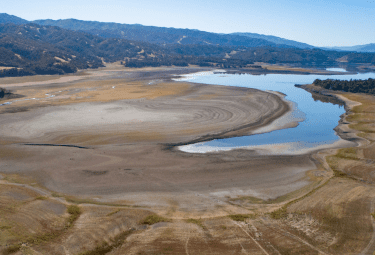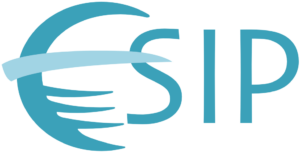Welcome to the new ESIP website!
Collective Impact: Reaching Across Boundaries in Climate Education

Collective Impact: Reaching Across Boundaries in Climate EducationOver the past few months, the Climate Literacy and Energy Awareness Network (CLEAN) has been ramping up discussion about how we can effectively scale change in climate literacy through collective action.
Why is climate literacy necessary to solving climate change? We believe that there is a powerful feedback loop between increased climate literacy and the power of communities. Climate literacy provides a common understanding for a community. The community’s networks can then better multisolve, utilizing their diverse skillsets. In turn, the networks draw in new actors that are then educated on climate. This feedback loop provided us with our Theory of Change– strategies must be devised by a diverse network of stakeholders at the community level to deal with the local impacts of climate change in order to move towards a decarbonized and resilient community.
We have used a place-based approach because it allows us to address the needs of that local reality. Consistently we are seeing the local scale solutions leap-frog, and thus push, federal improvements. Different hubs can also connect to other communities and exchange practices and knowledge.
Our commitment to a vibrant network means that we need to go beyond the boundaries of our discipline. We reach system change diverse groups can create a collective vision. But how do you start? We realized that this was a major stumbling block for many of our partners on the ground.
That is why we believe the first step is to design an assessment tool that could be applied in different communities. This would provide groups with the tool they need to comprehend the robustness of their partnerships, the political context in which they are working to advance action, and the degree of citizen engagement. Then communities can see their strengths, weaknesses, and leverage points to co-build solutions.
We have a lot of work ahead of us in order to realize our shared vision of collective action. The past few months have been strides towards conceptualization and now we need to evolve towards thoughtful action.
This experience has been a series of long conversations, talking into computers microphones on GoToMeetings from places as far away as the Bay Area to Amsterdam, and sitting together at the ESIP Summer Meeting in North Carolina. Much of this work is thanks to the backbone support that ESIP has provided this community. Even my own role as a Student Fellow with CLEAN is due to ESIP’s support. I think this is a powerful representation of the type of collaboration that we hope to engender and expand.
Please reach out to me if you are interested in learning more about our collective action work!





